Emotional attachment is a deep and enduring emotional bond that connects one living being to another. It’s a topic widely studied in humans, but less so in the animal kingdom. When we consider pets, particularly domestic cats, questions arise about the nature and depth of their emotional connections to their human companions. Are these connections merely a result of dependency, or do cats genuinely form attachment bonds with their owners?
The Science of Animal Emotions
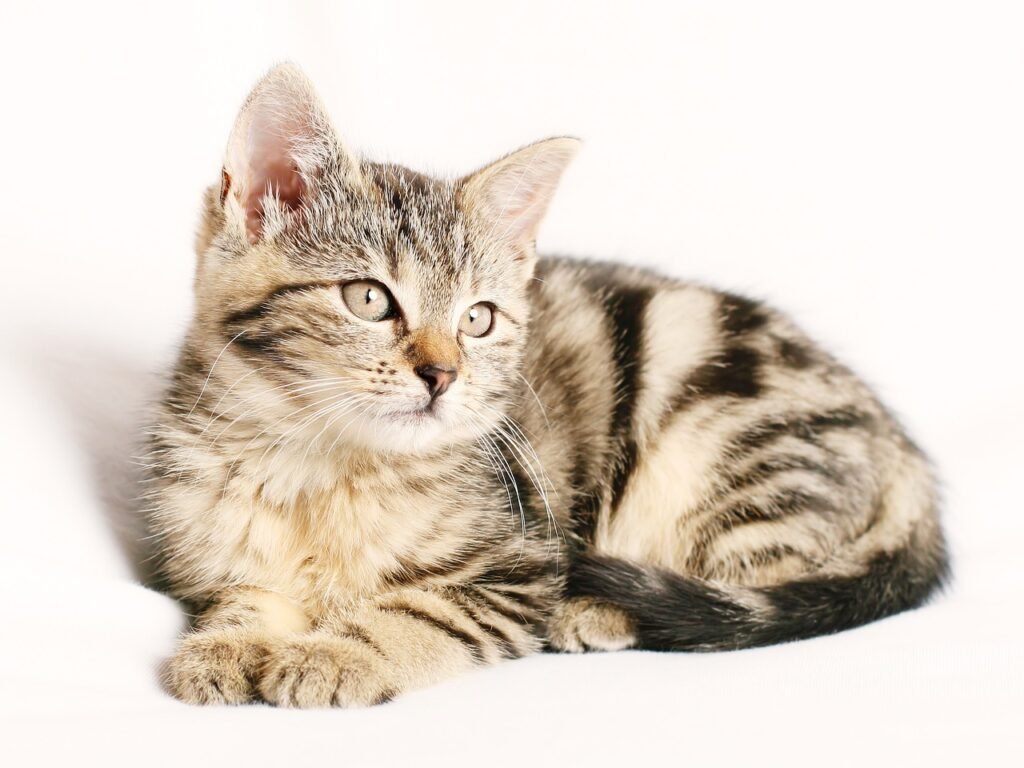
For years, the scientific community debated whether animals experience emotions akin to humans. Recent studies lean towards recognizing that animals are not as emotionally detached as once thought. Many mammals, including cats, possess complex emotional capacities. By exploring cat behavior and biology, we can gain insights into whether these creatures are capable of forming genuine emotional attachments.
Attachment Theory: From Humans to Felines
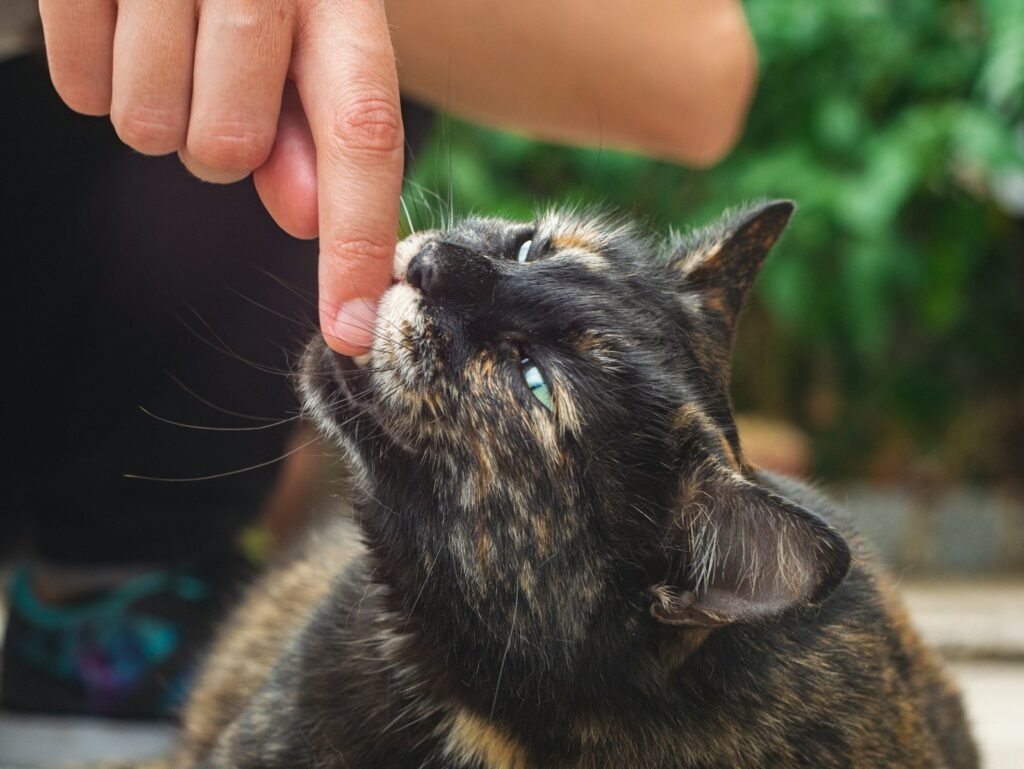
Attachment theory, originally developed to explain the emotional bonds between humans, is now being applied to animals. This framework helps us understand how pets might perceive and respond to their human companions. Domestic cats offer a unique perspective as they straddle independence and sociability, much like their big cat relatives in the wild.
Feline Behavior: Signs of Attachment
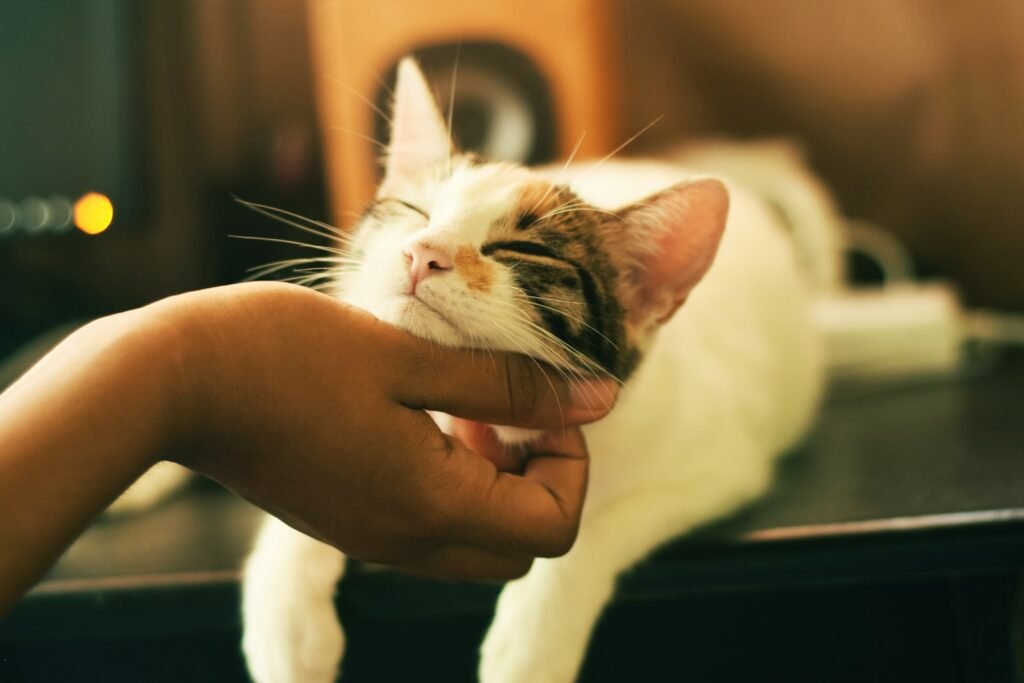
Feline behavior is rich with nuances, some of which may indicate attachment to humans. Cats have various ways of showing affection such as kneading, purring, and head-butting. Observations also reveal how cats follow their owners around, greet them upon their return, and may even mirror their emotions. These behaviors can suggest a form of attachment, potentially akin to that seen in other domesticated animals.
Research on Cat-Human Bonding
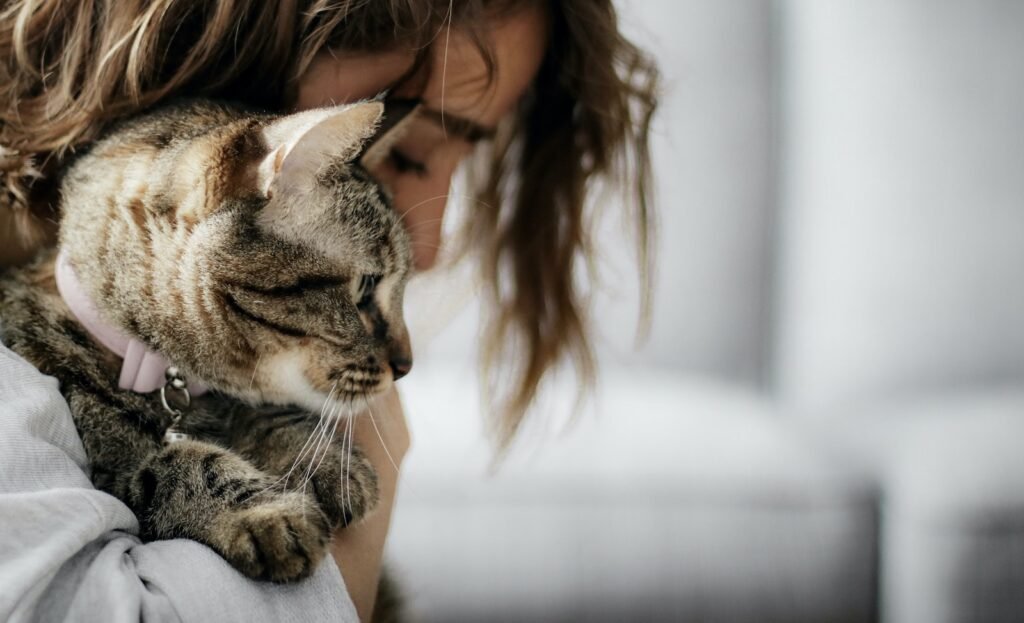
Recent studies have begun to delve into the dynamics of cat-human relationships. Research by animal behaviorists and psychologists, such as observations and experiments using the “secure base test” (originally designed for human infants and applied to dogs), has provided evidence of cats forming secure attachments to their owners. Results indicated that approximately 64% of cats showed behaviors consistent with secure attachment patterns.
Comparative Insights: Cats and Dogs
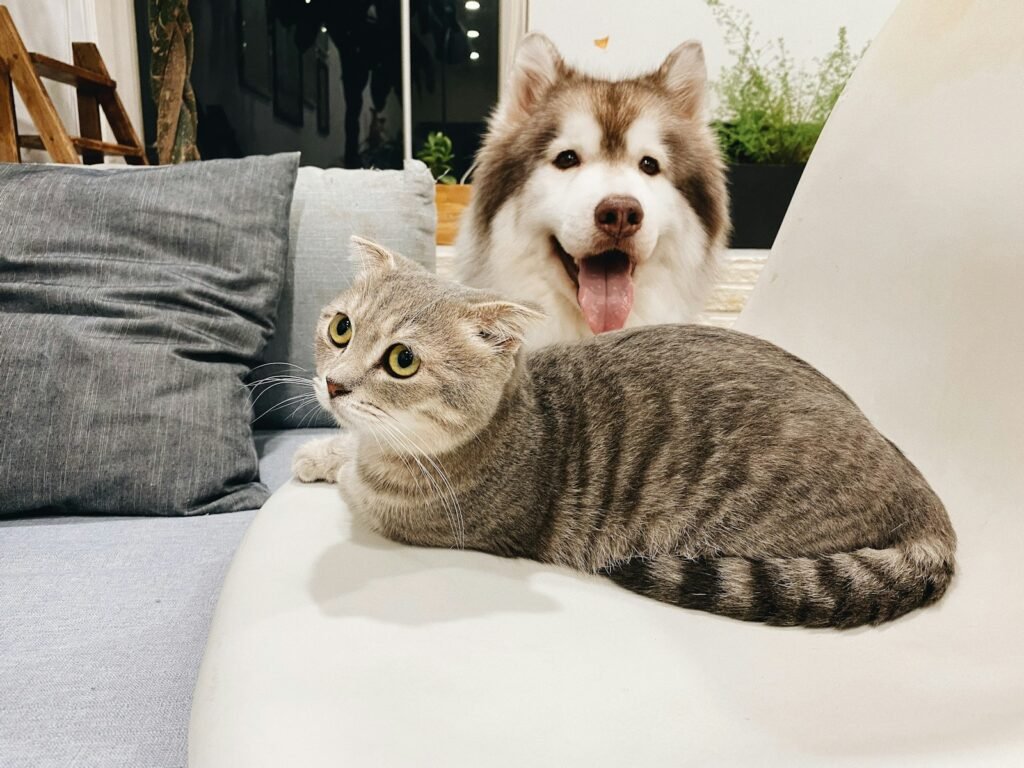
When discussing pet attachment, comparisons between cats and dogs often arise. It’s widely accepted that dogs, known for their sociability, form strong attachments to humans. However, while dogs are pack animals and naturally inclined to bond, cats, being more solitary by nature, offer a different kind of companionship. Understanding these differences helps in appreciating the unique way cats form attachments.
The Role of Early Life Experiences

Early socialization plays a crucial role in shaping the attachment bonds cats develop with humans. Kittens exposed to humans during their formative period (2 to 9 weeks old) are more likely to grow comfortable and affectionate around people. These early interactions can greatly influence a cat’s ability to form secure attachments as they mature.
Unique Personality Traits in Cats
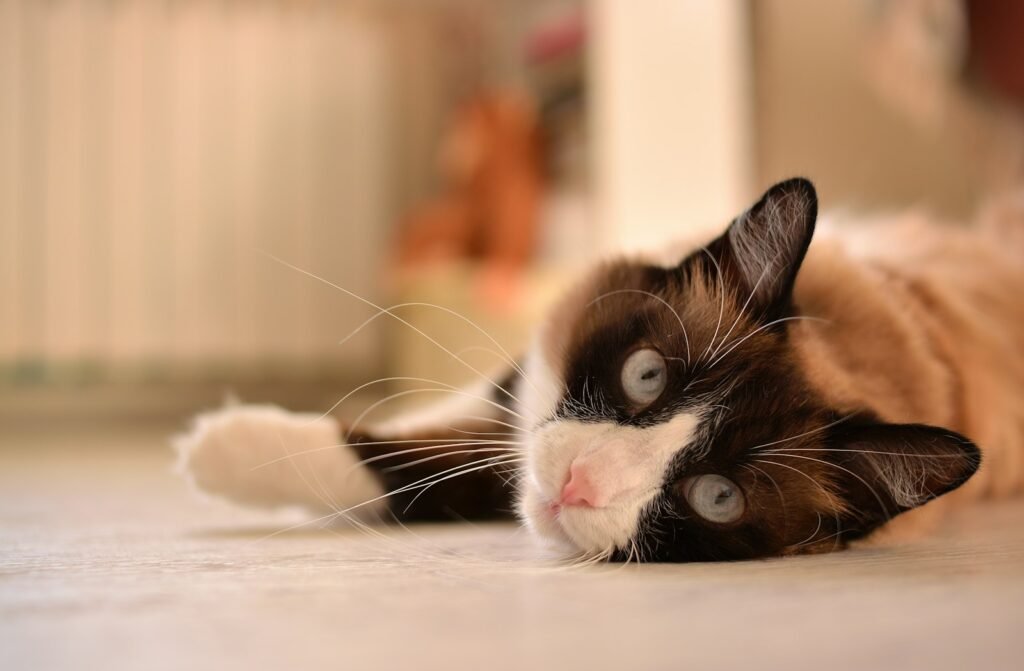
Like humans, individual cats possess distinct personalities that can affect their capacity for forming attachments. Factors such as breed, environment, and past experiences contribute to these traits. Some cats may naturally be more affectionate, while others are innately reserved or independent. Recognizing these differences enables owners to nurture their cats’ emotional needs appropriately.
Environmental Influences on Attachments
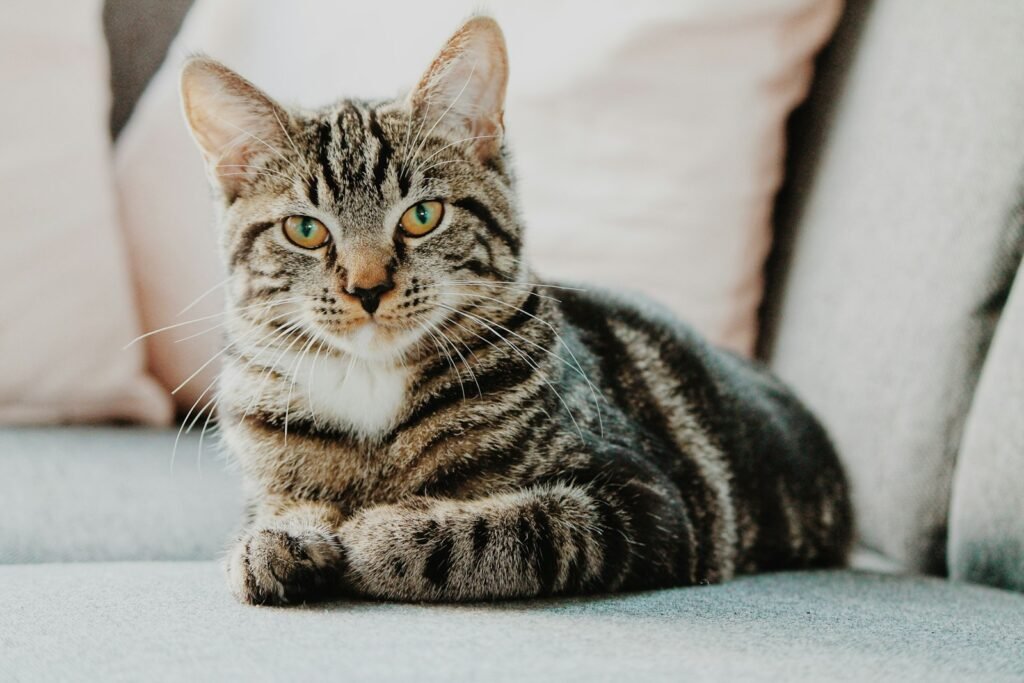
The environment a cat inhabits can significantly impact its attachment behavior. A stable and stress-free environment fosters a sense of security, potentially strengthening the attachment. Conversely, frequent changes, stressors, or negative experiences may hinder bond formation. Owners who create an enriching and safe environment can enhance their cat’s emotional attachment.
The Implications of Cat-Human Attachment
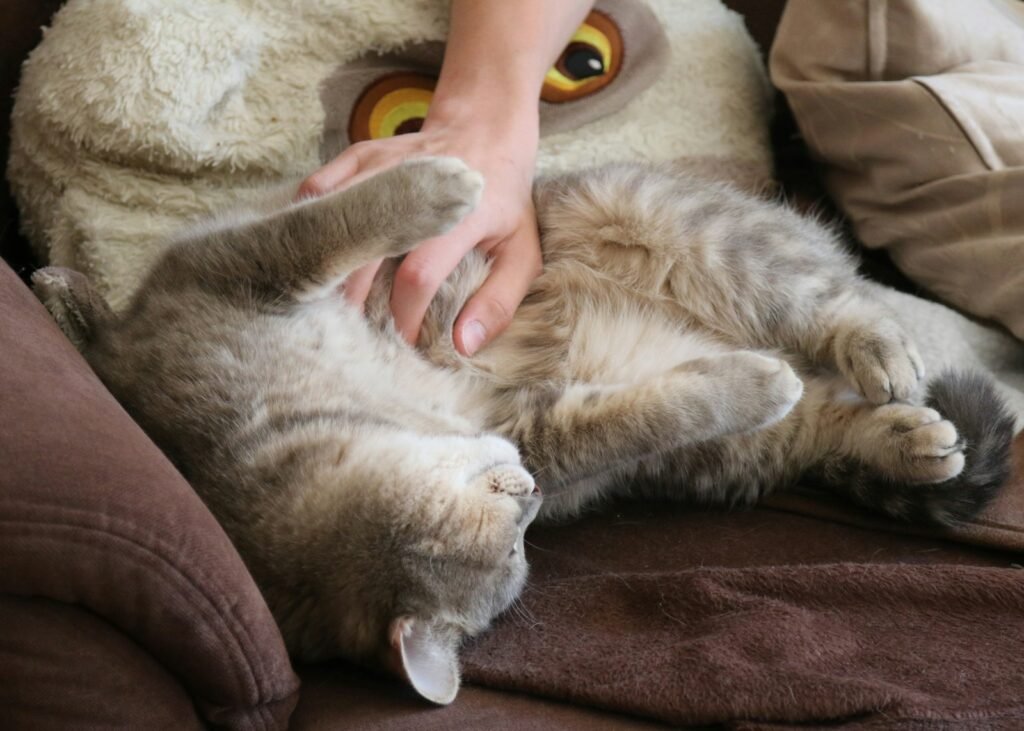
Understanding whether cats form emotional attachments to their owners has practical implications for veterinary care, animal welfare, and overall pet management. Recognizing the emotional depth of cats could lead to better care practices, improving their well-being and promoting healthier human-animal relationships. Such knowledge underscores the importance of treating cats not merely as aloof companions but as beings capable of deep emotional connections.
Conclusion: Embracing Feline Affection

While cats may not display affection in the same overt manner as some other pets, evidence suggests they are capable of forming emotional attachments to their owners. By recognizing and nurturing these bonds, cat owners can experience the unique and rewarding companionship that these independent yet affectionate creatures offer.

Growing up traveling and experiencing new cultures and wonders, I have had a passion for nature, adventuring, photography, and videography. I am currently working towards a BSc in Biodiversity and Ecology at Stellenbosch University, and I hope to specialise in Marine Sciences one day.
Please send any feedback to Feedback@animalsaroundtheglobe.com






